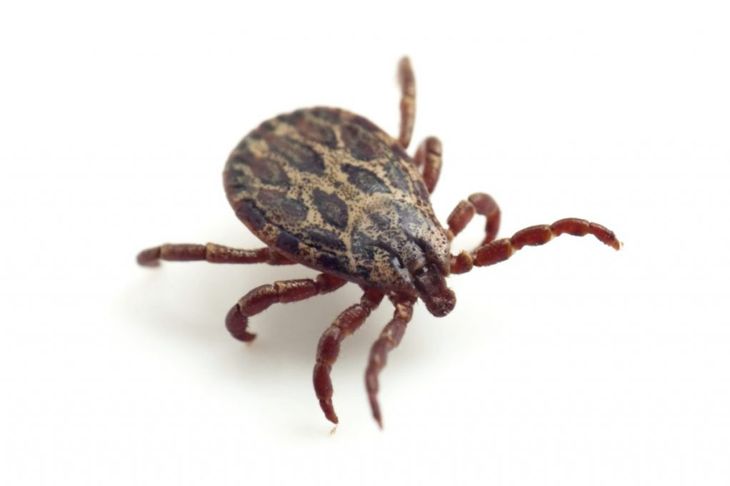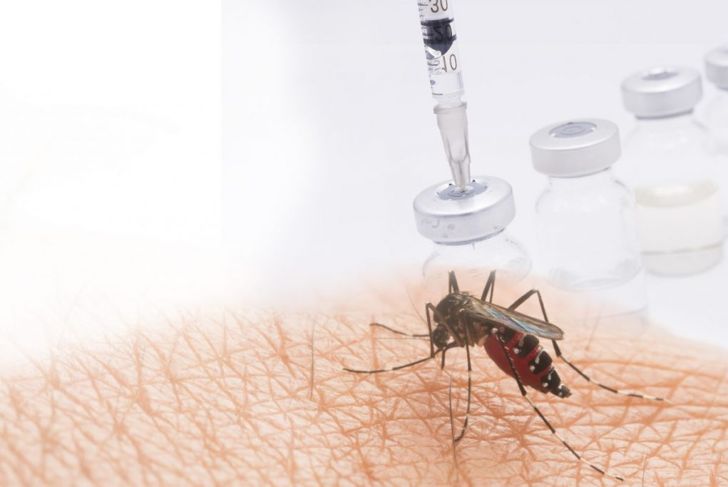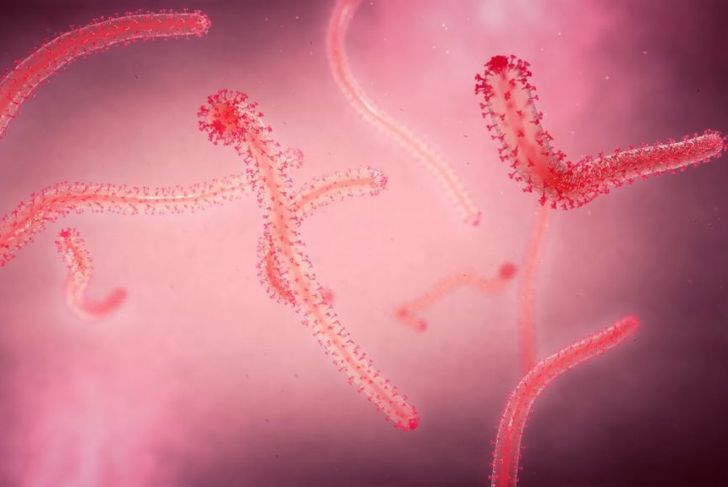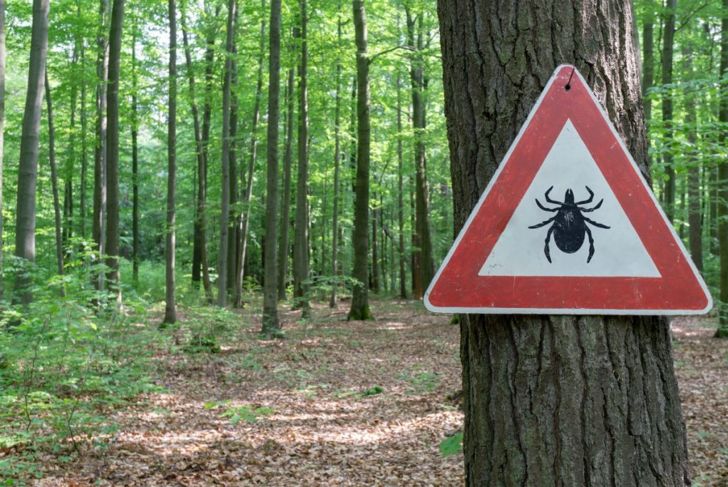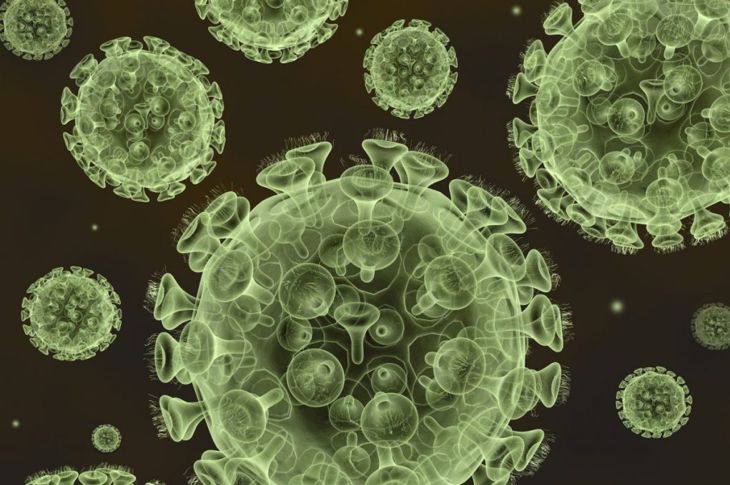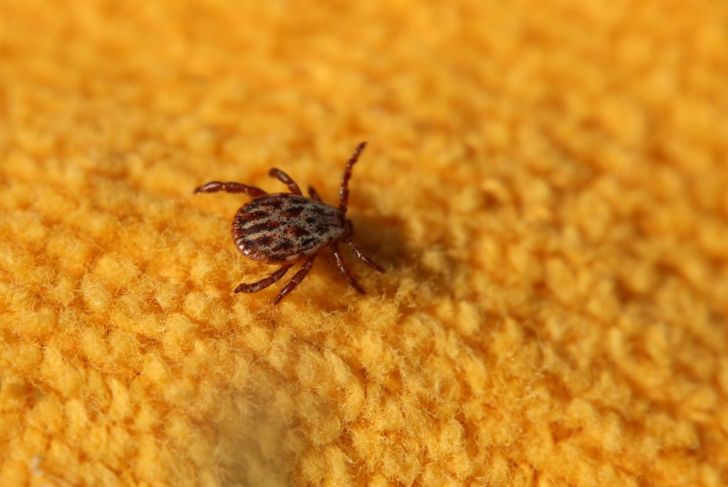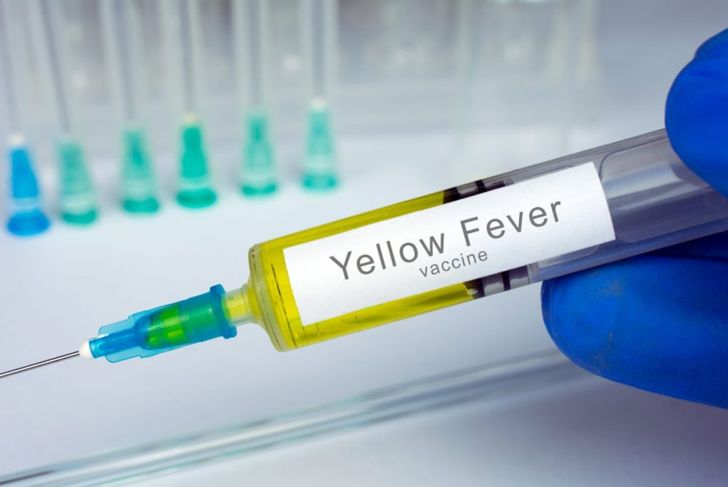Viral hemorrhagic fevers cause a broad spectrum of symptoms. Vectors, the animals who spread the disease, vary and can be hard to avoid, which makes infection with an RNA virus — the general family responsible for the condition — more likely. Single-strand RNA viruses can be divided into four categories. Arenaviridae are mostly rodent-transmitted viruses that are relatively common. Bunyaviridae is a large family of viruses that can cause disease in both humans and animals. Filoviridae can cause severe hemorrhagic fevers in primates, and mosquitos and ticks most often transport Flaviviridae and can sometimes infect humans.
Crimean-Congo Hemorrhagic Fever
First identified in Crimea in 1944 and then in the Congo 25 years later, the Crimean-Congo Hemorrhagic fever virus, of the Bunyaviridae family, is transmitted by the ixodid tick bite or when humans come in contact with an infected animal’s fluids. Vomiting and fever are the earliest symptoms, then come tiny patches of bleeding under the skin or petechiae, bruising, and nosebleeds. While antivirals may help, ensuring a balance of blood, electrolytes, and oxygen levels offers more significant benefits, especially since recovery can be slow.
Dengue
First recognized in the 1950s, Dengue fever is an acute disease found in the tropics. The aedes aegypti mosquito spreads this flavivirus. Dengue can be mistaken for the flu, but a rash is the tell-tale sign. Hemorrhagic dengue fever symptoms can turn deadly within 48 hours. There is no standard treatment, but a vaccine now distributed in countries with a 70% or higher prevalence of dengue has reduced mortality to below 1%.
Ebola
With an almost 90% fatality rate, Ebola is one of the deadliest viral hemorrhagic fevers around. Named after a river in the Democratic Republic of Congo, this Florividae virus comes from fruit bats that infect monkeys and other animals. Humans come in contact with the infected animals and spread the disease through body fluid contact. Symptoms can quickly progress to excessive bleeding and shock. There is a vaccine for the Zaire strain of Ebola that is 97.5% effective.
Hantavirus
Also known as Korean hemorrhagic fever, a Bunyaviridae virus named for the Hantaan river in Korea causes Hantavirus. Infections spread by with the apodemus agrarius, a striped field mouse, are the most severe strain. Petechiae and thrombocytopenia, a low blood count, are common with this fever, but intracranial and uncontrollable bleeding can lead to death. Doctors have found that administering antivirals in the early stages shortens the illness and reduces the mortality rate.
Kyasanur Forest Disease
Native to South India, the Kyasanur Forest disease flavivirus, KFD, is caused by the immature form of haemaphysalis spinigera, a forest tick. The initial onset starts within a week; more severe symptoms, such as gastrointestinal issues and bleeding, manifest fewer than five days later. Between 10 and 20% of individuals experience a recurring fever and neurological problems. KFD has a 3 to 5% fatality rate, but the vaccine is 60 to 85% effective.
Lassa Fever
Endemic to West African countries, the Lassa fever arenavirus has fatality rates between 1 and 15%. The virus is most dangerous for pregnant women in their third trimester, and can result in loss of life of both mother and child. Lassa fever spreads through human contact with rat droppings, contaminated medical equipment, or sexual contact. It starts with fever and weakness, followed by headache and sore throat. Severe cases include edema and bleeding. While the best treatment is prevention through good hygiene, individuals given the antiviral at the earliest stages have a better chance of survival.
Marburg Virus
A rare and dangerous hemorrhagic fever, the Marburg florivirus affects human and non-human primates. It was initially associated with African green monkeys imported from Uganda. In 2008, researchers identified fruit bats as another host. Symptoms appear between two and 21 days after direct human-to-human transmission, starting with severe headaches, tiredness, and diarrhea. Severe bleeding can lead to shock and death, as Marburg’s fatality rate is between 50 and 88%. Researchers are currently testing a promising vaccine.
Omsk Hemorrhagic Fever
A Russian flavivirus strain, Omsk is a tick-transmitted viral hemorrhagic fever. Theornate cow tick is a common vector, and infects rodents, livestock, and humans directly. Within three to eight days, individuals experience chills, fever, and muscle pain, followed by bleeding and possible anemia. For some, this fever happens in two phases, with recurrence and the onset of encephalitis the week after initial recovery. Omsk has a mortality rate of less than three percent.
Rift Valley Fever
Discovered in the early 1910s, Rift Valley fever mostly affects domesticated livestock in sub-Saharan Africa. This bunyavirus is transferable between animals, but 1977 and 1987 saw confirmed human cases, possibly from mosquito bites. Weakness and dizziness usually manifest within a few days of infection with Rift Valley fever. Eye lesions affect half of the infected individuals, resulting in permanent vision loss, while fewer than 1% experience encephalitis and bleeding. No specific treatment is available, but fortunately, most cases are mild.
Yellow Fever
Yellow fever is a flavivirus mostly transmitted by aedes aegypti mosquito and infects both humans and monkeys. This acute hemorrhagic fever has been around since at least the 1600s and causes symptoms such as headache, muscle pain, and jaundice, from which it gets its name. It is hard to differentiate from other diseases in the early stages because it looks like malaria or leptospirosis. Fortunately, most people have access to a safe and affordable vaccine.

 Home
Home Health
Health Diet & Nutrition
Diet & Nutrition Living Well
Living Well More
More